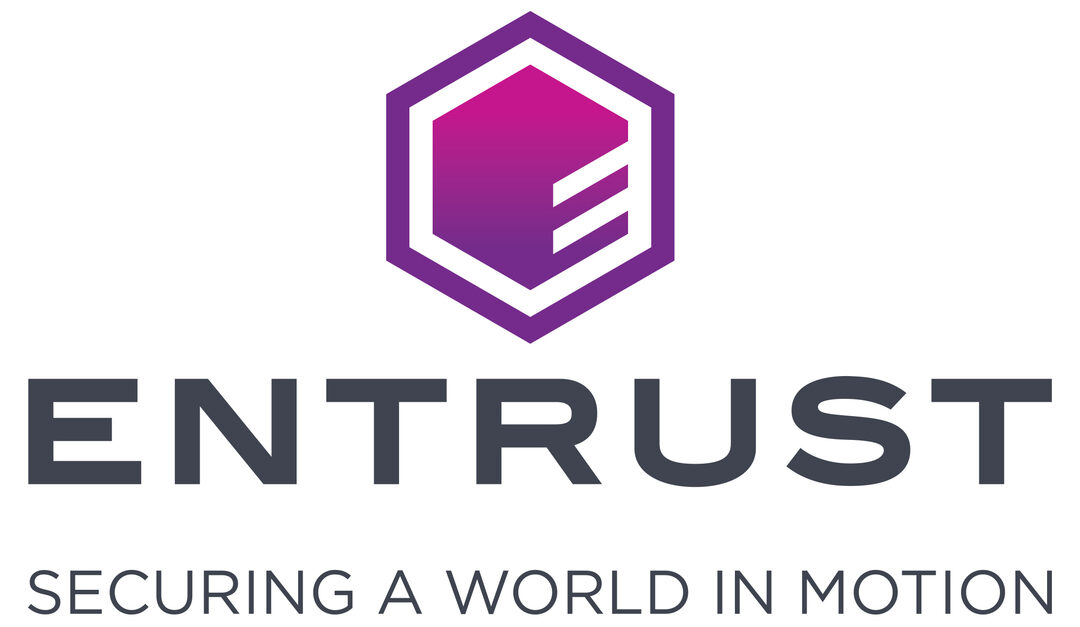MINNEAPOLIS–(BUSINESS WIRE)–The culmination of decades of payment and banking innovation is driving a revolution in consumer behavior. Seamless self-service capabilities, flexible payment options, and accelerated e-commerce checkout are among the clear expectations revealed in a survey of 1,000 U.S. retail shoppers announced by Entrust today.
“This survey reinforces that consumers have come to expect more integrated payment and banking experiences and the need for a digital-first, not digital only approach. People want the flexibility to choose how they interact with their banks and how they make payments,” said Tony Ball, Senior Vice President and General Manager, Instant Issuance at Entrust. “Enabling simplified and seamless digital card controls, while also providing a variety of ways to make payments increases the likelihood of a bank’s card becoming top-of-wallet.”
Banks must prioritize mobile-centric, integrated experiences
As more consumers become accustomed to on-demand services in other aspects of their lives, they expect that their financial institution will deliver those experiences, as well. In fact, the survey revealed an overwhelming preference for mobile-centric, yet fully integrated, experiences from account opening, to card issuance and management, to direct deposit and more.
- More than half of respondents said they choose to engage with their bank or credit union via a mobile application rather than at a branch or via the bank’s website.
- Approximately 85% of respondents indicated they prefer to use a card for in-person and online transactions that provides them the ability for digital self-service and card controls.
- 9 out of 10 respondents saw ‘ease of account’ opening as an important factor when choosing a bank or credit union.
- Nearly half of respondents prefer to open an account on a mobile device, with 26% choosing to open one online, and 27% in-branch.
From this data set, it’s clear that consumers want to interact with their bank when, where and how its most convenient for them, and they want more ownership and control of their card and account. This means that banks looking to get an edge on the competition must provide a more unified payments portfolio with a digital-first approach.
While some banks and other financial institutions are building upon their capabilities in order to meet these expectations, there are clear gaps in current technologies. For example, of those that told us they use a third-party e-wallet like Apple Pay or Google Pay, 54% stated that they had to manually enter their payment card into an e-wallet. Manual entry of card information is slow and can be frustrating to cardholders. Providing automated push provisioning to wallets is a great way to bring a more integrated experience that consumers crave.
When it comes to payment methods, consumers want it all
Not surprisingly, given the findings above, Entrust also discovered a dramatic preference for both digital and physical payment methods, but for different use cases. Respondents indicated they prefer to use digital cards for e-commerce transactions, while still preferring physical tap-to-pay cards for in-person payments. This indicates that while consumers do prefer to go digital, they still want the flexibility to choose how they pay depending on the situation. It’s important for banks not to move the pendulum too far – a digital-first, not digital only approach is best.
Entrust also asked survey respondents how they typically complete an e-commerce transaction. More than half of respondents (53%) indicated that they opt to either use the stored card on file or use an expedited checkout button for an easier checkout experience. However, even though both methods are equally convenient, banks that provide the ability to use an expedited checkout button are providing an additional layer of security as the payment information becomes tokenized. With tokenization, card numbers are replaced by encrypted tokens, bringing more security to consumers when it comes to using a contactless card to pay (both digital and physical cards). Providing tokenization and token management capabilities can empower the cardholder with more security and self-care.
“It’s clear that consumers are looking for intuitive payment options that get them what they need when and how they want it,” said Andy Cease, Product Marketing Director, Payments at Entrust. “Independently, each payment option has its own merits, but when delivered as a suite of offerings wrapped up in one secure and seamlessly integrated experience, they become a powerful acquisition tool and brand affinity builder.”
To learn more about how Entrust enables banks and other financial institutions’ unified payment platforms, visit https://go.entrust.com/unified-card-issuance-ebook.
About Entrust Corporation
Entrust keeps the world moving safely by enabling trusted experiences for identities, payments, and digital infrastructure. We offer an unmatched breadth of solutions that are critical to enabling trust for multi-cloud deployments, mobile identities, hybrid work, machine identity, electronic signatures, encryption and more. With more than 2,800 colleagues, a network of global partners, and customers in over 150 countries, it’s no wonder the world’s most entrusted organizations trust us. For more information, visit www.entrust.com.






